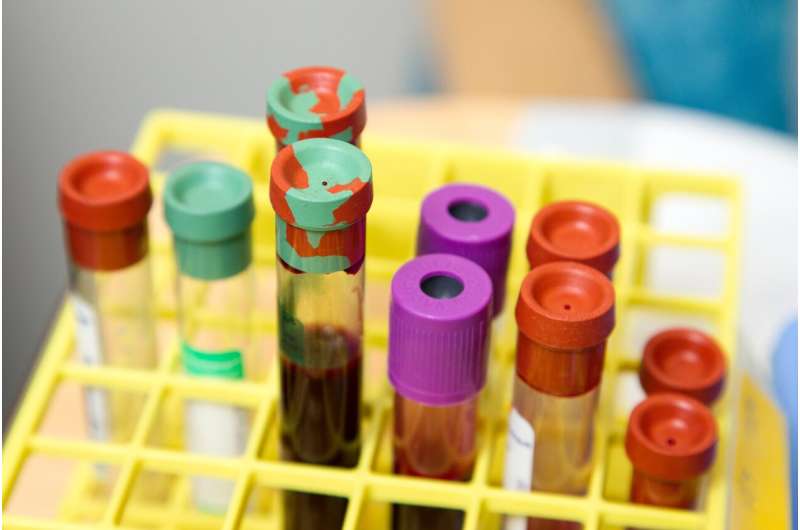Elevated PFAS Levels in Teens Linked to Greater Weight Regain Post-Bariatric Surgery

Higher blood levels of PFAS in teenagers are linked to increased weight regain after bariatric surgery. New research highlights the impact of chemical exposure on long-term weight management and underscores the need for stricter regulations to protect public health.
Recent research from the Keck School of Medicine of USC reveals that adolescents with higher blood concentrations of per- and polyfluoroalkyl substances (PFAS) are more likely to experience significant weight regain following bariatric surgery. This long-term study tracked 186 teens over five years, measuring their PFAS levels before surgery and monitoring their weight and waist circumference at multiple intervals. Results showed that teens with elevated PFAS, particularly certain sulfonic acids like PFOS, PFHxS, and PFHpS, regained more weight and saw greater increases in waist size than those with lower levels.
PFAS are synthetic chemicals commonly found in consumer products such as food packaging, cookware, and waterproof textiles. Known for their persistence in the human body, PFAS exposure has been associated with health issues including kidney and liver problems, as well as various cancers. The study’s findings suggest that these chemicals may interfere with endocrine and metabolic processes, thereby influencing weight management and long-term health outcomes.
The research team analyzed blood samples taken prior to surgery, dividing participants into low, medium, and high PFAS exposure groups. They observed that those in higher exposure groups experienced more weight gain over the years—an average of 46.9 pounds regained for the PFOS high group, compared to 35.9 pounds for the low exposure group. Additionally, higher PFAS levels correlated with increased waist circumference and a greater percentage of weight regained annually.
This study highlights the importance of reducing PFAS exposure, especially among vulnerable populations like adolescents undergoing weight-loss surgeries. The findings support calls for stricter regulations on PFAS in food and water sources to safeguard public health. Moreover, understanding the impact of these chemicals can help healthcare providers tailor treatment strategies and improve long-term outcomes for bariatric patients.
Looking ahead, researchers are exploring whether PFAS exposure affects other weight loss approaches, such as medication therapies like GLP-1 agonists (e.g., Ozempic). They are also investigating how PFAS influences broader metabolic health, including risks for type 2 diabetes and fatty liver disease, using data from the Teen-LABS study.
Stay Updated with Mia's Feed
Get the latest health & wellness insights delivered straight to your inbox.
Related Articles
Link Between Drinking Water, Food, and PFAS Exposure in California Adults
A new study from Boston University reveals that drinking water, seafood, eggs, and brown rice contribute to PFAS exposure in California adults, emphasizing the need for regulatory action and consumer awareness to reduce health risks.
Majority of Americans Believe Alcohol Is Harmful to Health: New Poll Findings
A new Gallup survey shows that most Americans now view moderate alcohol consumption as harmful, with declining drinking rates and increased awareness of health risks. Learn more about the changing perceptions and health implications of alcohol use.
New Research Uncovers Hidden Link Between Vascular Disease and Dementia Risk
Discover how recent research highlights the overlooked connection between vascular health issues, nano– and microplastics, and dementia risk, offering new pathways for diagnosis and treatment.
Longer Reproductive Years May Promote Better Brain Aging in Women, New Research Finds
New research suggests that women with longer reproductive spans may experience healthier brain aging, possibly due to prolonged exposure to estrogen, supporting cognitive health in later years.



